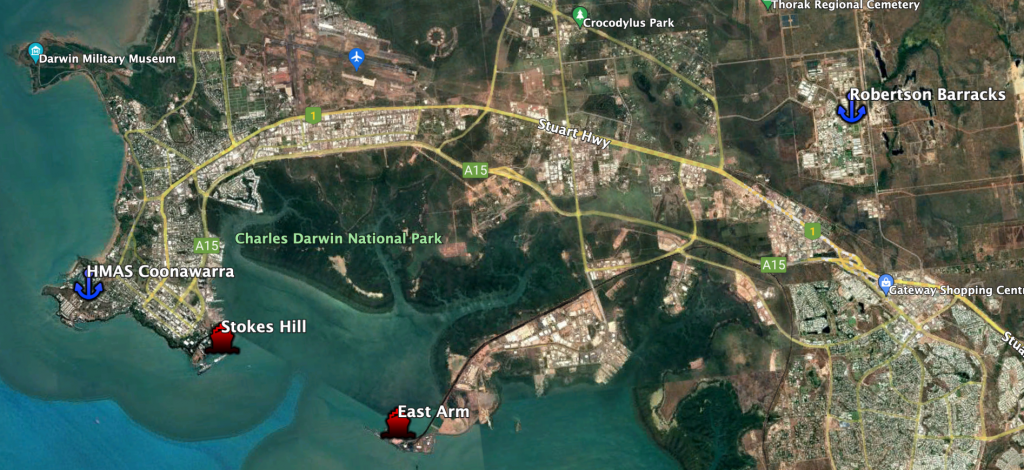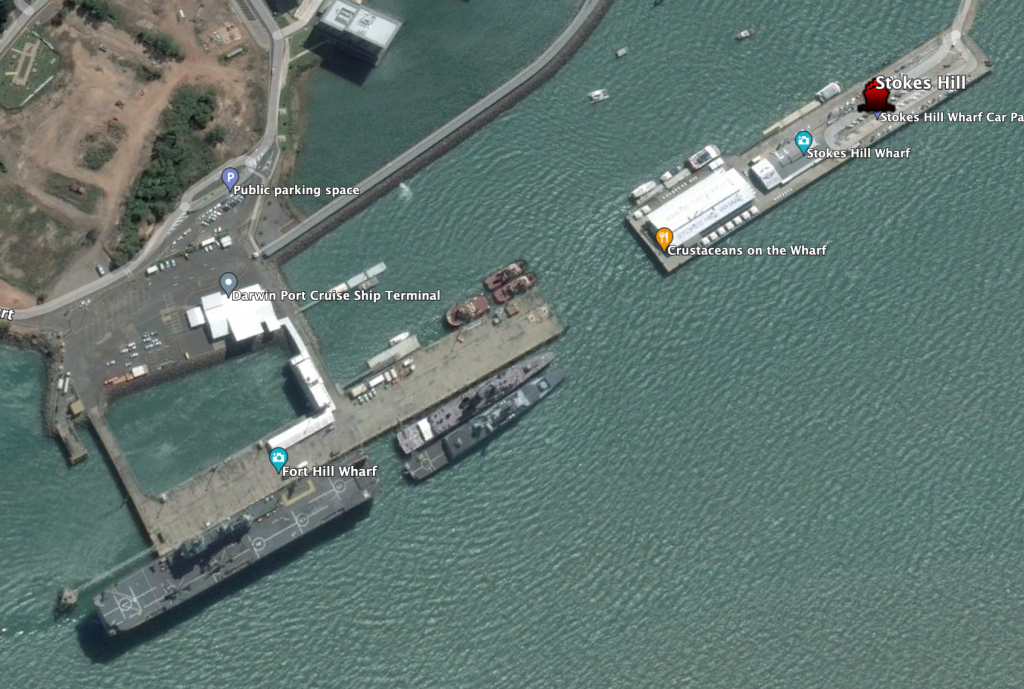CDRSalamander
It wasn’t too long ago that many at the very highest levels of Western government and business welcomed the peaceful rise of China, as they aspired it to be.
Yes, there were voices who tried to warn of the dangers, but the desire for a 21st Century relatively free of globe spanning power struggles and the very real prospect of a lot of money to be made shifted the risk analysis for many to the point that there were few things that were outside the reach of money from the People’s Republic of China.
Residential property, agricultural land and meat producers, entire factories and manufacturing capabilities – all were offered up for a whole host of reasons. Even infrastructure critical to national and international trade were given over through outright purchase, partnership, or loans usually just a short degree of separation away from influence and control of the Chinese Communist Party and its leaders.
That is what we saw for 40 years, and then at the dawn of the 3rd decade of the 21st Century, in many areas people discovered that they made a mistake.
How do nations start to decouple?
One data point is from one of the first nations this decade that woke up, Australia. The issue; the port of Darwin;
A decision on whether to force a Chinese company to hand back its ownership of the Port of Darwin could be handed down in a matter of weeks, as the federal government weighs whether to make a move that will further ignite tensions with Beijing.
The Department of Defence has handed its advice on security risks at the port to the government after the national security committee of cabinet ordered a review this year.
A range of options for the future of the port, which was sold to Chinese government-owned Landbridge group in 2015 for $506 million, have been canvassed in recent months.
Australian Defence Association director Neil James said the port “should not have been sold in the first place and if we have to buy it back to solve the problem, then we should”.
“You don’t want to cause the problem you are seeking to avoid by taking it back at a time of increased strategic tensions, you would escalate the problem rather than solve it.” To that end, Mr James suggested the buy-back should occur sooner, rather than later.
Darwin Port has two main terminals; Stokes Hill and the newer East Arn that can accept Panamax sized ships.
As we always should, let’s pull out a map.
Many readers may have thought, “Hey … isn’t there a USMC facility in Darwin?”
Yes there is. Robertson Barracks, right there on the above map. There is also a Royal Australian Navy base there, HMAS Coonawarra. How far are they from the 99-year (yes, sounds like Hong Kong for a reason) lease under the sway of the CCP?
6-NM from Robertson Barracks, and a little under 2-NM from HMAS Coonawarra.
Oh, wait. When it comes to the deep water “cruise ship” terminal at Ft. Hill … heck, they can throw a rock at it. It is useful for more than cruise ships … it appears that a French Navy Mistral Class LHD and a few friends found it useful.
You don’t need to be an advanced Red Team to game this out. It is almost comically perfect.
This isn’t just in Australian national interest – this is in American national interest. We should do what we can to help our Australian friends here, and then look elsewhere for others who have found themselves wrapped in regret in the “partnerships” they formed with China over the last few decades.


No comments:
Post a Comment